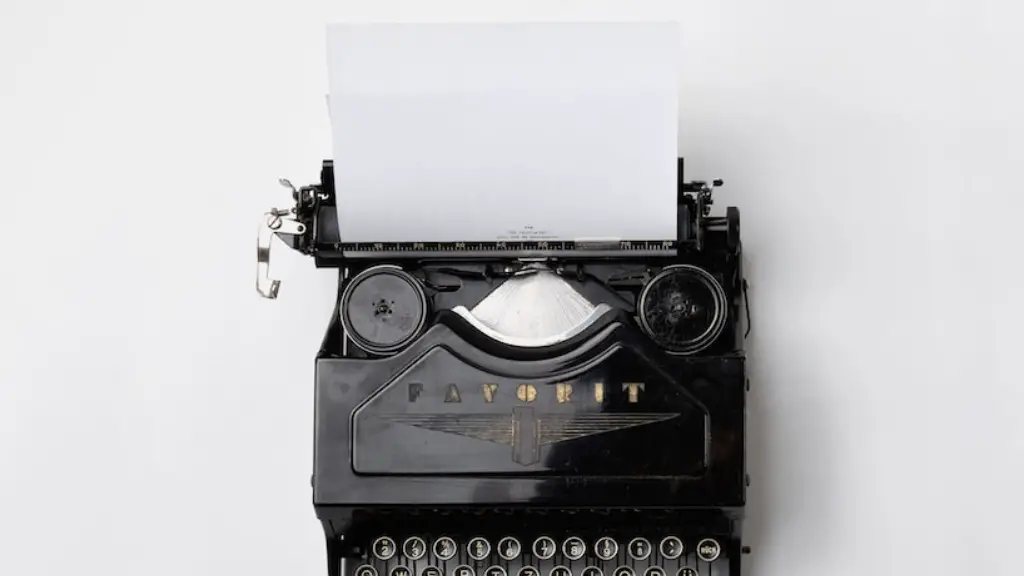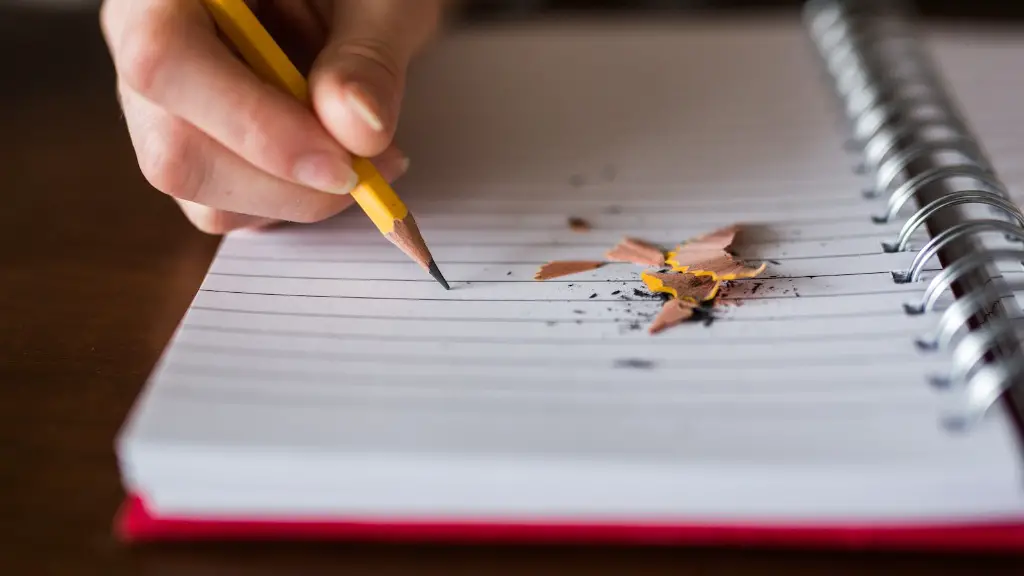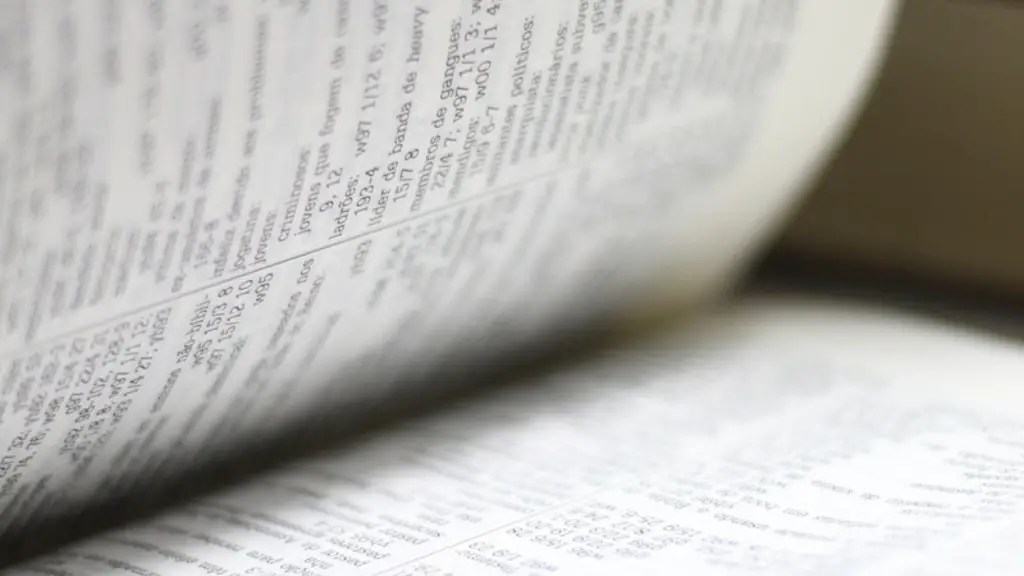The Basics of Understanding Poetry
When it comes to understanding poetry, the rules are often different than what you find in paragraphs and prose. As English poet John Donne famously said in 17th-century, “No man is an island”, the same applies to poems – there is no one way to understand it. To make the process easier, there are basics that all readers should know when reading poetry.
The first step is to understand the meaning of the poet’s words, which includes the use of metaphors, similes, and imagery. Poets often use these devices to express their thoughts or to help readers understand the meaning behind the poem. Metaphors and similes can be used to represent an emotion or thought in an effective way. Imagery is an effective tool for representing scenes and can help readers understand what the poet is trying to convey.
Another important aspect of understanding poetry is analysing the tone of the poem. Tone is the emotion that the poet is expressing in their poem. It is important to pay attention to the words used and how they are used. It is also helpful to look at the poem’s structure and how the poet has arranged their words and sentences. Structure is an important element when trying to understand a poem as it can help make sense of the message the poet is trying to convey.
When reading poetry, it is also important to pay attention to the different figures of speech used by the poet. Figures of speech such as alliteration, hyperbole, personification and onomatopoeia are all used by poets to help add depth to their work. Knowing and understanding the different figures of speech and how they are used can help to better understand the poem.
Lastly, reading the poem out loud can help readers gain a better understanding of it. Reading aloud can help you hear the rhythm, hear how the words are spoken and how each word sounds together. It can also help you identify the different literary devices used by the poet and better appreciate the poem.
The Importance of Context
In order to understand and appreciate poetry, readers must understand the context in which the poem was written. Knowing the time period, culture, and environment of when the poem was created can help to better understand what the poet was attempting to convey. By understanding the context of the poem, readers can grasp why the poet wrote the poem and how the poem relates to the time period it was written in.
In addition to learning about the facts and figures of the time period, readers should also become familiar with the poet’s writing style. Every poet has their own unique way of writing, and this can help readers get a better grasp on what the poet is trying to say. By understanding the writing style of the poet, readers can better appreciate the poem and understand the message behind it.
To comprehend the work of another poet, it is also helpful to read works that other poets have created with similar themes and messages. This can help readers gain further insight into the poem’s message and learn more about the style and influence of other poets. It can also help to broaden the reader’s appreciation of poetry, and gain more understanding of the poet’s work.
Studying the Form
Another tool readers can use to better understand and appreciate poetry is to study the form of the poem. Poems are typically divided into stanzas and each stanza has a specific structure and meaning. Understanding the meaning behind each stanza can help readers to understand the poem as a whole.
When studying the form of the poem, readers should pay attention to the different elements such as rhyme, meter, and rhythm. Rhyme is the similarity in sound between words or syllables. Meter is the number of syllables and the patterns of stressed and unstressed syllables included in each line. Lastly, rhythm is the pattern of sound in the poem and this can be identified by looking for repetition, pauses, and emphasis on certain words. Understanding these elements can help readers better comprehend the poem.
In addition to understanding the structure of the poem, readers should also pay attention to the figurative language used by the poet and how this is used to represent different ideas. By looking more closely at the words used and the metaphors and similes the poet has chosen, readers can gain a better understanding of the poem and its message.
Exploring Themes
A final way to understand and appreciate poetry is to explore the themes that are present in the poem. Every poem has its own unique theme, or story behind it, and understanding this can help to further comprehend what the poet is trying to express. By paying attention to the words and images used, readers can start to identify the different themes and determine how they are connected to the poem.
Exploring the themes present in a poem can also help readers to determine the meaning behind the poem. By determining the meaning, readers can gain a better understanding of the poem and its message. Themes in a poem can range from love to death, or even nature and can help to bridge the gap between understanding and appreciation.
Lastly, when exploring themes readers also should pay attention to the tone of the poem. The tone of the poem is important as it gives the poem life and can be used to help determine the overall mood of the poem. By understanding the tone and the way in which the poem is written, readers can gain further insight into the meaning behind the poem.
Practice and Understanding
In conclusion, reading and understanding poetry is an acquired skill and takes practice. With the right tools and knowledge, readers can learn to appreciate and enjoy reading poetry. By understanding the basics of poetry, exploring the context, studying the form and exploring the themes, readers can gain a better understanding of poems and the poet’s message. Poetry can teach us powerful lessons about life and by learning to appreciate poetry, readers can gain valuable insight into the world around them.



